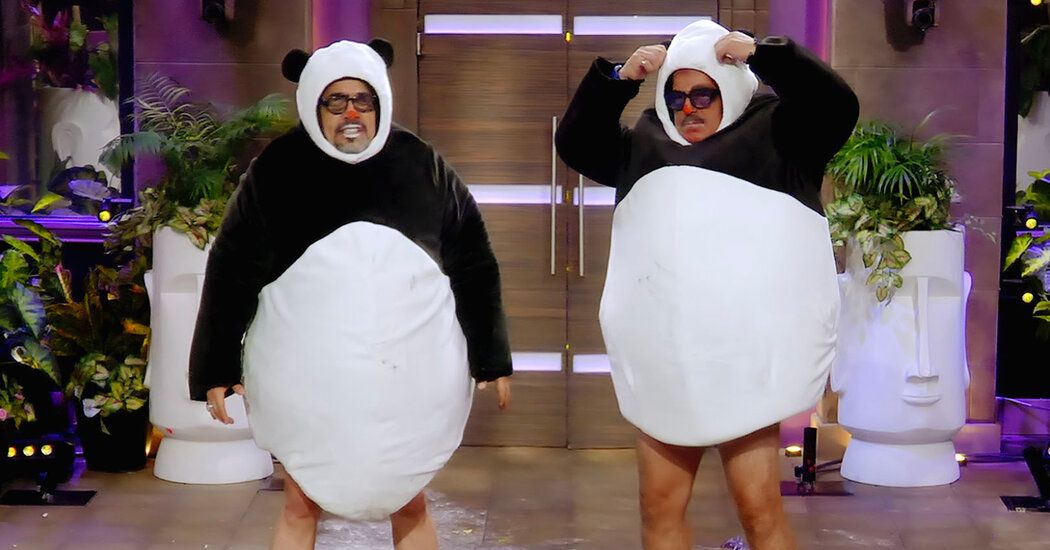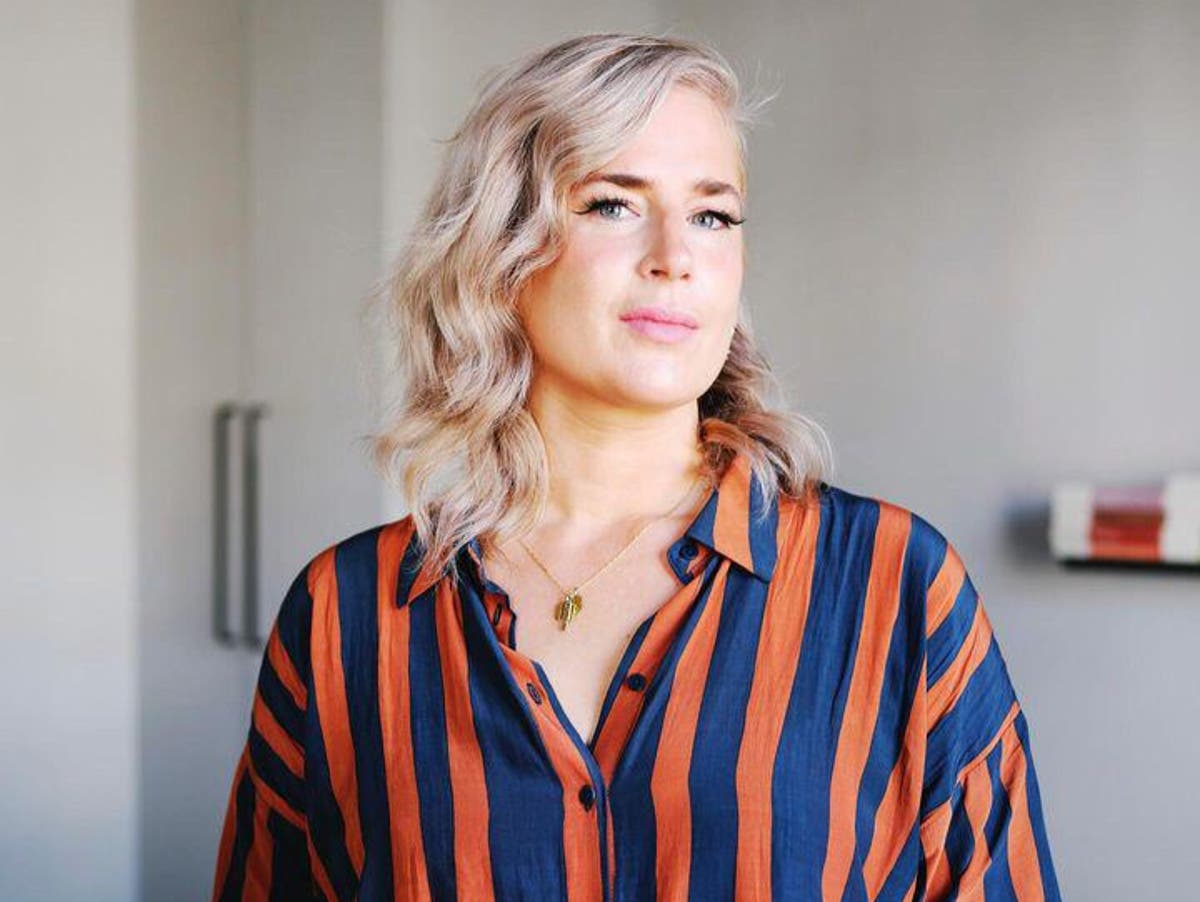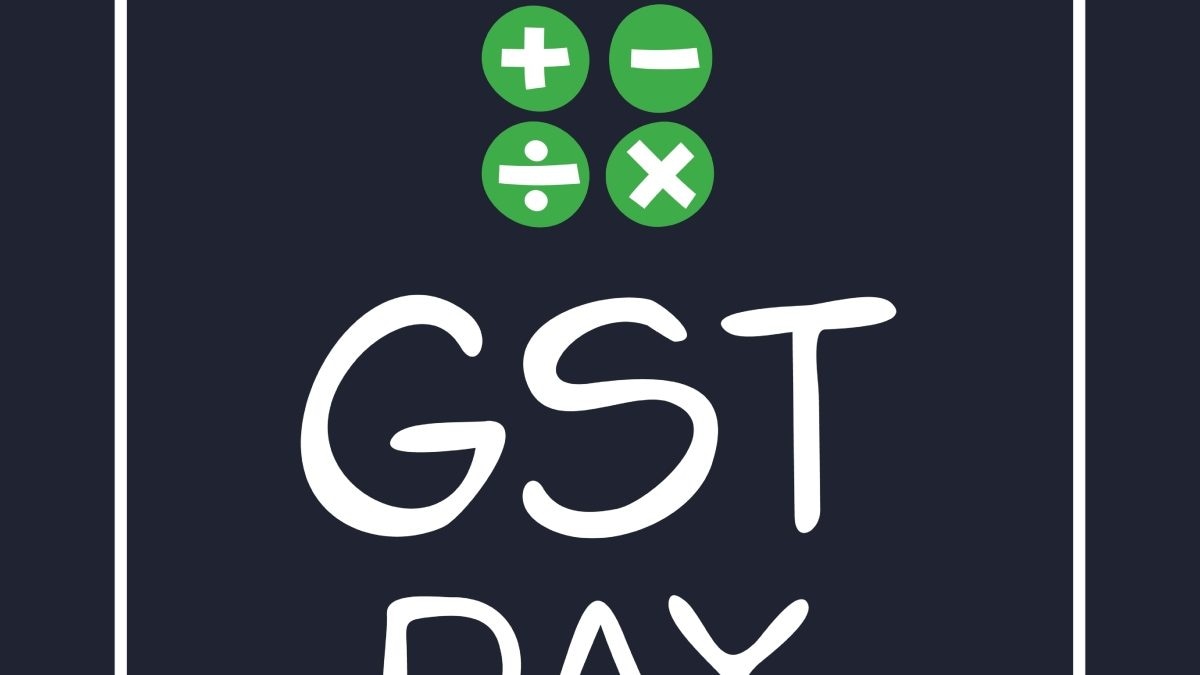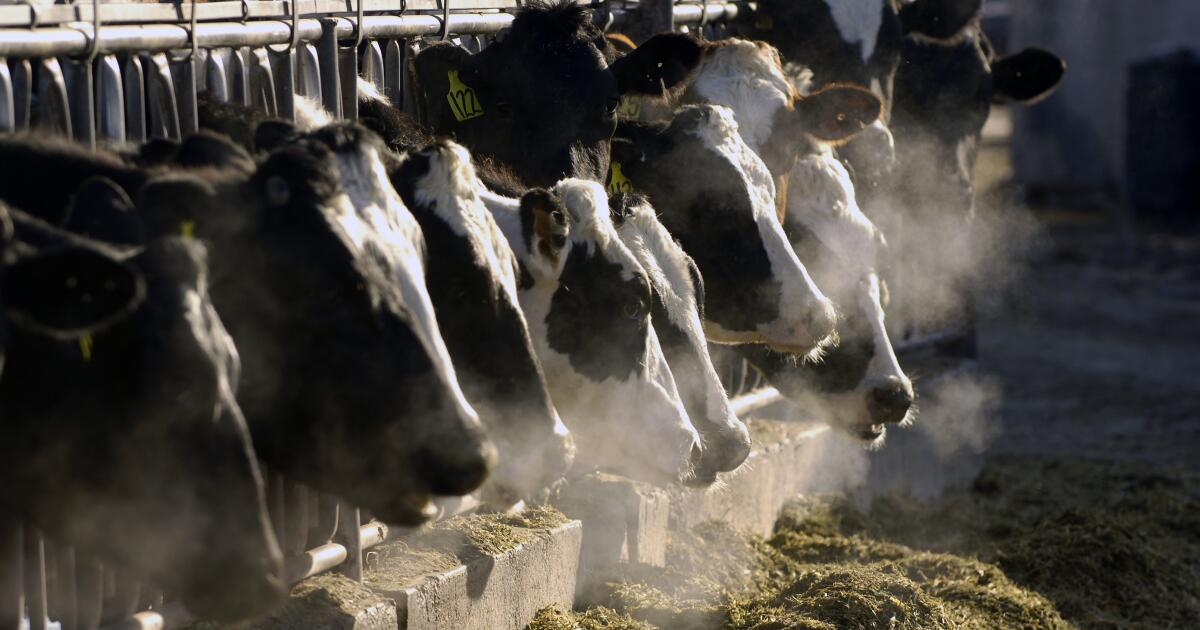In early 2016, James Farrell, then Amazon Studios' head of content for Japan, was looking for original programming that could help the streamer gain a foothold in the region.
After months of searching, Farrell recalled recently, he was open to any concept, no matter how strange or unconventional. Then, during a late-night dinner, one of the country's top comedians, Hitoshi Matsumoto, suggested to Farrell an idea that he said Japanese networks had never let him do: ten comedians get together in a room and try to make themselves laugh at each other. The last one to keep a straight face wins.
It may not seem like much. But Farrell, now vice president of Los Angeles-based Amazon Studios, thought, “That's it. That's the one,'” he said. “He was so sure this was the monster he was looking for.”
The resulting show, a four-episode, roughly three-hour long comedy game show called “Hitoshi Matsumoto Presents: Documentary,” quickly became one of Prime Video's most popular shows in Japan, producing a rabid fan base. and 13 seasons in the past. eight years.
It also launched an expanding international franchise, with local versions in more than a dozen territories around the world. Renamed overseas as “LOL: Last One Laughing,” the format remains almost exactly as Matsumoto first introduced it, with each version attracting contestants from the country's best comedians and comedy actors. It now has versions in Italy, Mexico, Spain, France, Canada (both French and English), Denmark, Colombia and more, each of which, almost without exception, has found an enthusiastic audience in its home country.
“On paper, the idea of people not laughing for hours on end doesn't sound like it's going to be entertaining,” said comedian Graham Norton, host of an Irish version of “LOL” premiering Friday. “And yet when you watch it, you realize it's funny, it's strangely entertaining.”
Comedy antics (some prepared, some improvised) are usually funny. But what's really compelling are the contestants' efforts to suppress their laughter. They moan and scream; their faces contort and contort wildly. There is an air of frantic desperation. “I consider it almost like a psychological experiment, a human experiment,” said actress Anke Engelke, who starred in “LOL Germany.” “It's an intense experience.”
In its beginnings, the franchise's success did not seem guaranteed. Even after the huge success of “Documentary,” Farrell and his colleagues found it difficult to persuade producers in other territories to take a chance on the format. Part of the problem was the Japanese version's style of humor, which was obscene and scatological: some of the contestants stripped naked to make their competitors laugh, and the jokes could sometimes become outrageously suggestive. “I would show it to other countries,” Farrell said, “and they would say, 'Uh, we don't have to get naked, do we?'”
Michael Bully Herbig, a German comedian who hosts “LOL Germany,” was immediately discouraged. “I thought it was too strange,” he said. The show's German production company, Constantin Entertainment, convinced Herbig that theirs would be a more family-friendly version. In the end he agreed, in large part because he assumed “LOL Germany” would be a niche show: “I said, you know what? Let's try. No one will ever see it anyway,” he stated.
Instead, it became the most streamed series on Amazon Prime Video in Germany, spanning four seasons and a Christmas special, and was recently nominated for an international Emmy Award. “No one could have imagined how successful this would be,” Herbig said. “It's the best job I've ever had.”
“LOL Germany” is made by Germans for Germans, and despite its Emmy nomination, it hasn't found an audience elsewhere: Virtually the only people watching “LOL Germany” outside the country, according to Farrell, are Germans living in abroad. That has been the truth in every version of the program. “LOL France” is a hit with French viewers; “LOL Mexico” is adored in Mexico and only in Mexico. It's targeted, highly localized, fully crafted content.
About the only place where “Last One Laughing” is not a hit is the United States. Prime Video's U.S. programming teams, Farrell said, are responsible for big-budget spectacles like “Reacher,” “The Rings of Power” and “The Boys,” broad, widely accessible action-fantasy blockbusters that draw audiences of all the world.
“But for the price of one of those big American shows, I can make 20 versions of 'LOL,' and together those 20 'LOL's will work as well as any of the big tents,” Farrell said. According to Amazon, the third season of “LOL France” had the biggest day-one launch on Prime Video, and “LOL Italy” is its most-watched Italian show.
That allows “LOL” the freedom to lean into cultural specificity. The Japanese version had its boldness exaggerated; The Germans are softer and more PG. Although the format never changes, each version, due to the national nature of the humor, seems unique.
“One of the things I enjoy about the show is that they didn't try to make it bland or international,” as is the case with much contemporary television, Norton said. “The Irish version “is so Irish,” he said. “A lot of the references in the show are deep Irish references, things that a UK audience wouldn't even understand.” (A possible UK version is rumored, although it has not been confirmed ).
Not every version of “LOL” has been a smash hit: the Australian, Hindi and Tamil versions only had one season each. But because “LOL” is so cheap and quick to produce (it takes about a day and a half to film a series), and because it features a group of famous comedians, “at least it will always do well,” Farrell said. . .
“It's not something that can really fail,” he added. “The floor is very high.”












